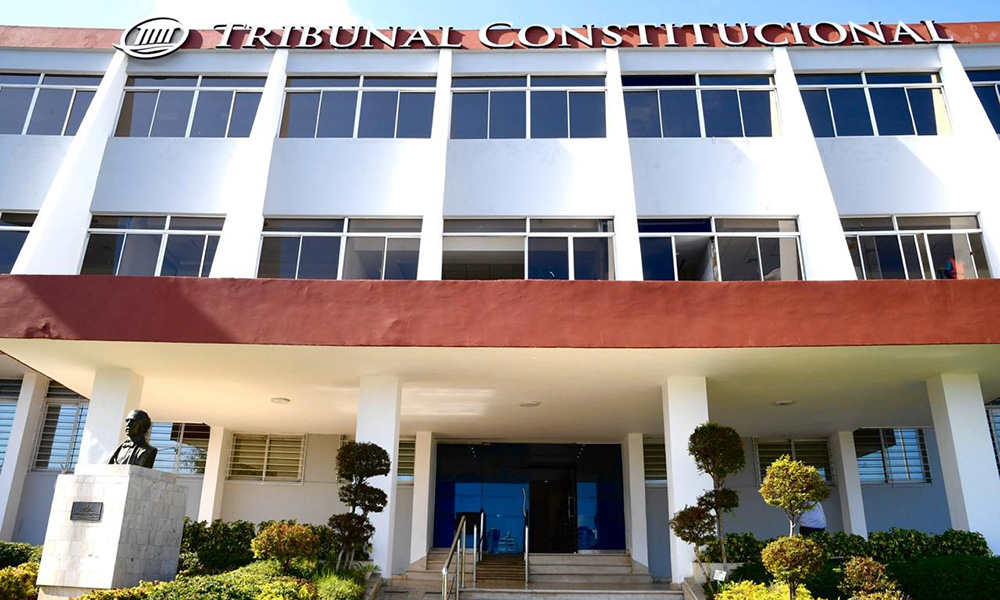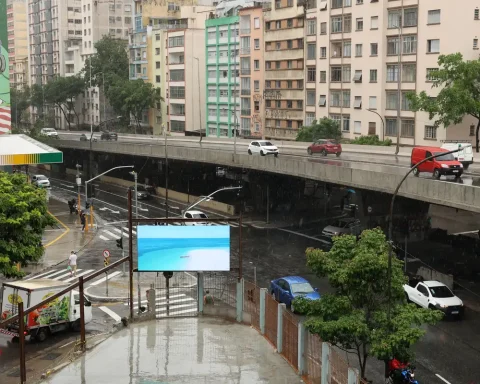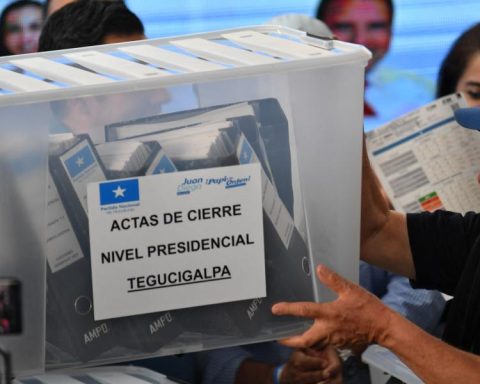The appearance of the minister of the Interior Luis Alberto Heber before the Prosecutor for Economic Crimes for the denunciation of the Broad Front against the extension of the concession to Terminal Cuenta del Plata (TCP)signed by the government and the multinational Katoen Natie (owner of most of TCP) had some anecdotal events.
The former owner of Transportation reviewed the strategic points that had been taken into account during the negotiation with the multinational to avoid, first, a potential international lawsuit already raised for US$ 1,500 million.
One of the aspects highlighted by Heber was that, once the trial was drawn, the extension of the contract would cause Katoen Natie to perform a series of investments to enhance the terminal.
“Thus, he launched himself into the terminal to compete outside,” Gilberto Rodríguez told the prosecutor. He explained that the interest was not for TCP to keep the remaining 50% of the internal container movement market; was to expand the management capacity of regional cargo in transit. “This is how the port would grow. And that Montevideo be chosen for the efficiency, due to the natural conditions it has. Naturally you had to try to go deeper,” he stated.
He recalled that during the previous government of the Broad Front, efforts were made to give greater depth to the port of Montevideo. “In statements, Minister (Víctor) Rossi announced that the will of the CARP (Administrative Commission of the River Plate) to dredge to 14 meters. The truth is that what was signed is up to 13. Once that was finished, there was the promise of the Argentine government to be able to continue dredging, ”he said.
The National Administration of Ports (ANP) The official steps have already begun to process before the CARP Uruguay’s intention to take Montevideo to 14 meters. Currently, the port of Montevideo is 13 meters away. A greater depth will allow vessels with more containers and greater weight to be received.
Heber stated that the port of saints (Brazil) is overcrowded and has 22 meters. And there he maintained: “But in the River Plate region, we ended up with a historic fight with Buenos Aires. That we will end up winning. Why? Because they cannot dredge deeper than 11 meters. (Montevideo) has geographical advantages to be more competitive than Buenos Aires at 14”, she concluded. He added that when Katoen Natie completes the planned investment, it will be able to receive up to four container ships simultaneously.
The noises and the “Mojarra”
When a good part of Heber’s statement was still missing, noises began to be heard in the Prosecutor’s Office (like drills or pneumatic hammers) that made the statements of the former Minister of Transportation practically inaudible to prosecutor Rodríguez.
“Do you want me to tell `Mojarra’ to see what they are doing?” someone asked the prosecutor. “Well, because I don’t want to cut the recording,” he replied. “Could you put a pause?” asked another. “No, because I don’t want to cut the recording. Since I am a medium of terror for this, I am afraid to squeeze and erase (the recording),” Rodríguez said.
“He’s from the street. I already spoke with ‘Mojarra’, but I don’t know if she is going to be able to cut it off”, explained who had left the Prosecutor’s Office to see if she could solve the problem. Heber’s statements continued between intermittent noises.

















